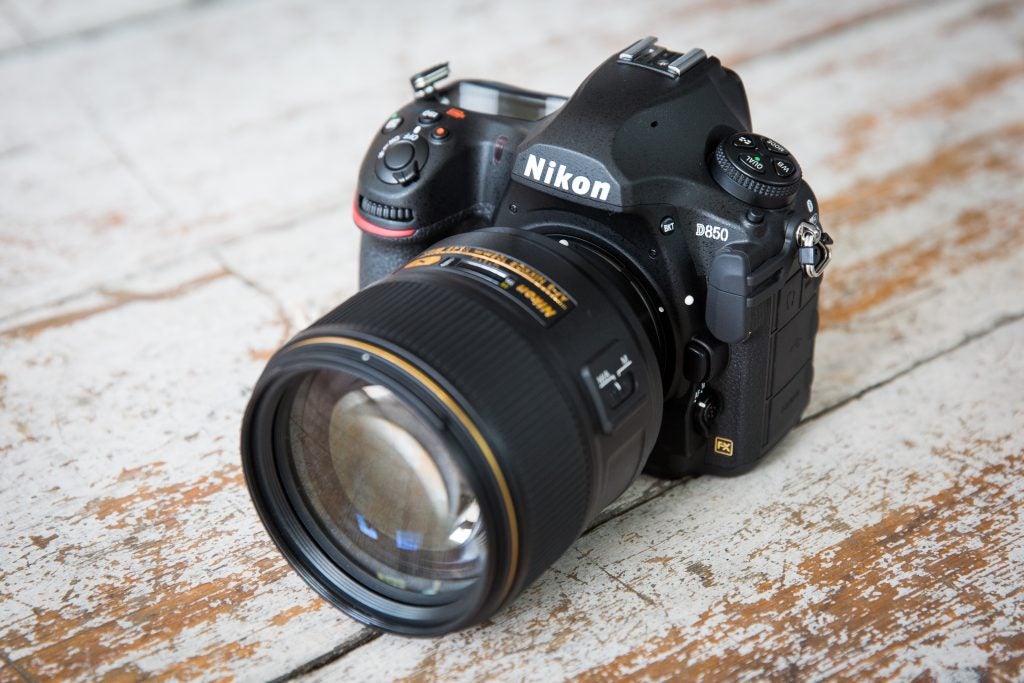
If you’re struggling to settle on a new DSLR, you’ve come to the right place. We’ve created this guide to help point you toward the top-rated DSLRs reviewed by the Trusted Reviews team.
If you’re shopping for a camera in 2024, you’re likely already familiar with the types of cameras on offer. The mirrorless format has gained enormous popularity in recent years, but that doesn’t mean you shouldn’t invest in a DSLR if a camera catches your eye. Both designs have their strengths and weaknesses – something you can read more about in our guide to mirrorless vs DSLR cameras.
There are several reasons you might want to pick up a DSLR right now. Whether you’re looking for a camera with a long battery life, one with an optical viewfinder, or are simply accustomed to the DSLR format and not interested in switching things up, we’ve gathered all of our favourite DSLRs in this scrollable list.
Every camera we recommend in this guide has been tested thoroughly by our reviewers. When we review a DSLR, we examine every inch of the camera from the design and controls to image quality and video performance. We test the camera in a variety of locations and light conditions, examining features like the shutter speed and low-light performance.
We’ve split the cameras in this guide into categories, allowing you to skip to the best beginner DSLR, the best full-frame Canon DSLR, the most capable DSLR under £2000, and the best DSLR overall at a glance.
Below, you’ll find a quick summary along with the pros and cons of each DSLR at a glance. Click through to a specific review to discover a more in-depth look at each model, including the specs, our experiences with the camera, and a range of sample photos, allowing you to inspect the detail and colours with your own eyes.
If you’re still not set on a DSLR, worry not. You can also visit our guides to the best mirrorless cameras and the best cameras overall for more fantastic recommendations.
Best DSLRs at a glance
How we test
We test every camera we review thoroughly. We use set tests to compare features properly and we use it as our main device over the review period. We’ll always tell you what we find and we never, ever, accept money to review a product.
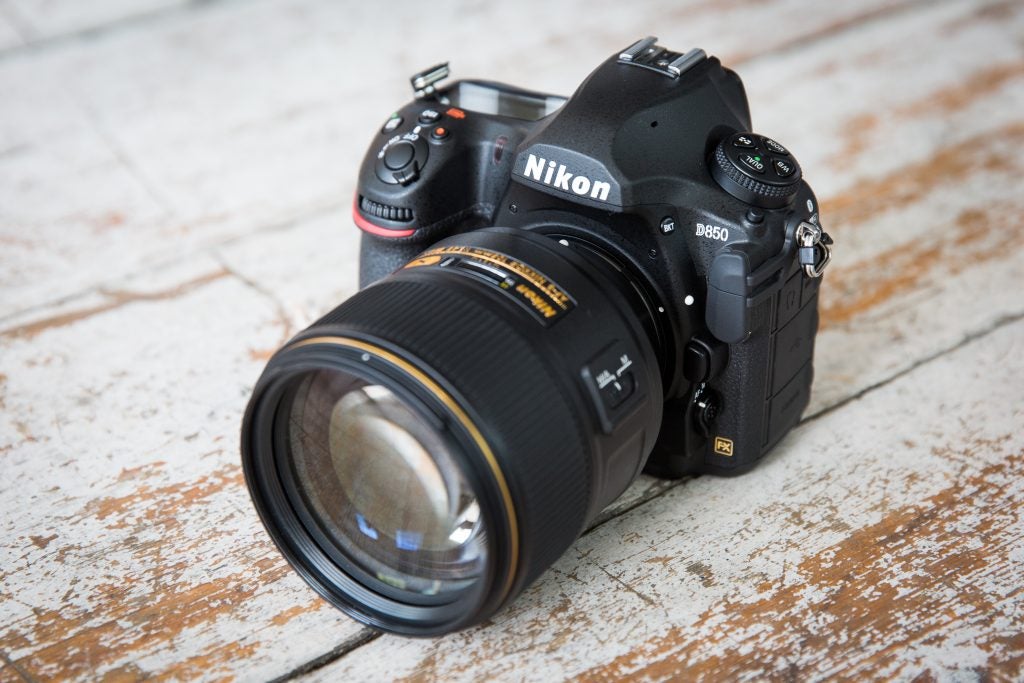
Nikon D850
Best DSLR overall
Pros
- 45.7-megapixel sensor captures exceptionally fine detail
- Fast viewfinder autofocus with silent shooting option in Live View
- Rear thumb-operated sub-selector for fast AF point positioning
- Extremely good 1840-shot battery life
Cons
- No phase detection AF in Live View
- Touchscreen operation doesn’t include key exposure settings
- Wireless SnapBridge connectivity needs improvement
The Nikon D850 is a full-frame DSLR aimed at professional photographers and the successor to 2014’s D810.
The camera features a 45.7-megapixel sensor – an upgrade from the D810’s 36.3-megapixel one – that brought the camera line with the 50.6-megapixel Canon 5DS and the 42-megapixel Sony A7R II when it was released.
The D850 is powered by the EXPEED 5 processor found in the D500 and the D5, which along with the sensor, helps keep noise to a minimum when using higher sensitivity settings.
The camera also takes advantage of the same 153-point Multi-CAM 20K autofocus system found on these cameras, which we found to be fast and accurate when we tested it.
Continuous shooting is limited to 7fps, but you can connect the optional battery grip to increase this to 9fps (though this will, of course, cost extra).
The camera features a weather-sealed magnesium alloy design with plenty of buttons, controls and customisation options. There’s a 3.2-inch, 2.36m-dot tiltable touchscreen and a large 100% viewfinder for lining up shots.
When it comes to video, the D850 includes separate microphone and headphone inputs and was the first Nikon DSLR to support 4K video at up to 30fps.
Reviewer: Michael Topham
Full review: Nikon D850
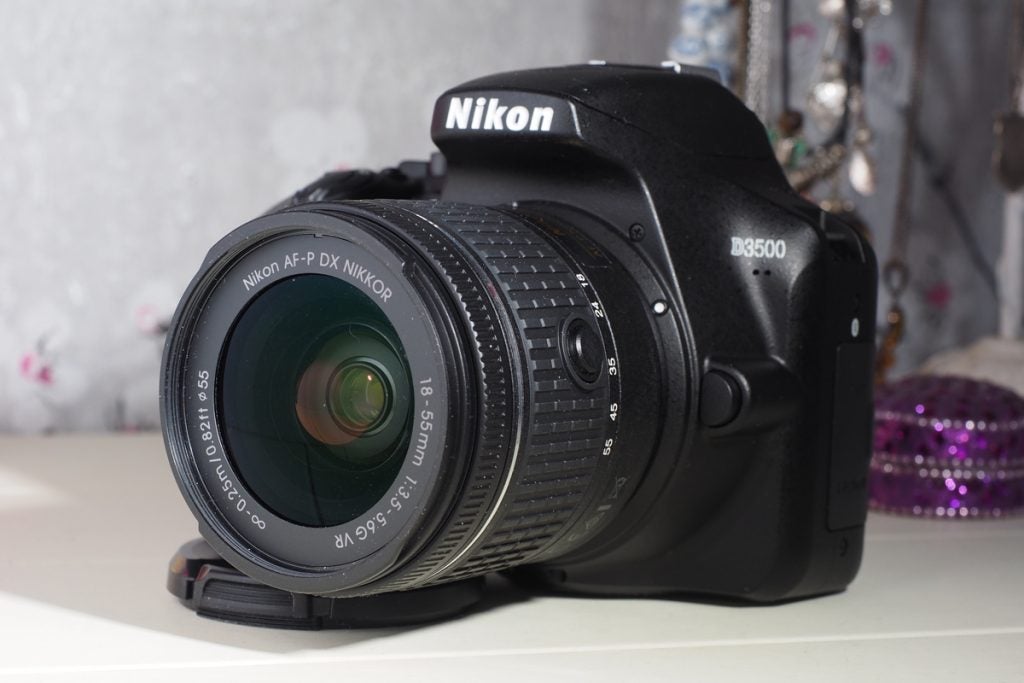
Nikon D3500
The best choice for beginners
Pros
- Good quality kit lens
- Very good image quality
- Fast and silent autofocus
- Unexpectedly snappy live view
- Great for keen learners
- Value for money
Cons
- Fixed rear screen
- Video is HD rather than 4K
- Chunky compared to a mirrorless camera
The Nikon D3500 is the best DSLR we’ve tested for anyone new to photography, though it has fierce competition with the Canon 250D.
The D3500 is small for a DSLR (though not as compact as a mirrorless camera) and offers the advantage of the extra grip and balance of a DSLR. The screen is limited to a fixed 921K-dot display, but the camera comes with a fantastic 18-55mm AF-P kit lens that we found to be sharp and consistent across its focal range.
The D3500 packs a 24-megapixel APS-C sensor and, though this camera is beginner-friendly, it isn’t simplistic. The D3500 features all the features you’d expect from a more serious DSLR, including the full set of program AE, aperture-priority, shutter-priority and manual modes.
It has an ISO range of 100-25,600 for decent low-light performance and can capture 5fps in its burst mode, making it easier to snap photos of energetic kids and pets.
Video capture is limited to HD (all of our best mirrorless cameras right now support 4K shooting) but image quality is good, offering realistic colours both indoors and outdoors.
Perhaps the biggest benefit to the D3500 over its mirrorless rivals is the camera’s excellent 1,550-shot battery life, which will keep you shooting for significantly longer without having to stop and recharge.
Reviewer: Rod Lawton
Full review: Nikon D3500
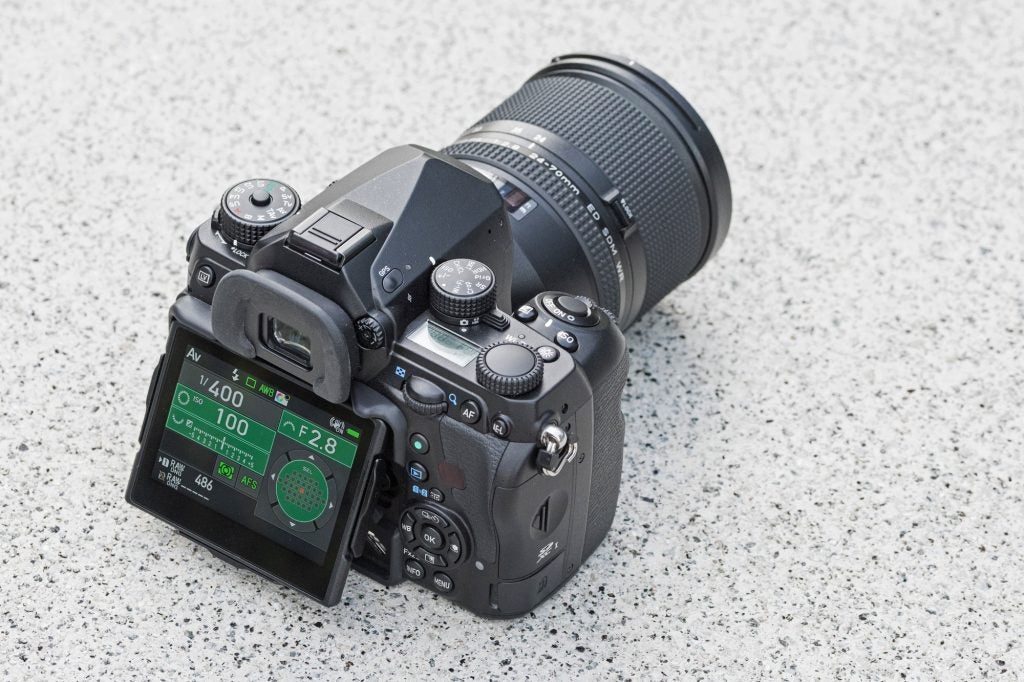
Pentax K-1 II
The most capable DSLR below £2000
Pros
- Huge degree of external control
- Excellent rugged, weather-sealed build quality
- Superb image quality, with high resolution and dynamic range
- In-body stabilisation gives sharper images with almost any lens
- Compatible with vast range of new and used K-mount lenses
Cons
- Heavy and bulky body
- Slow wake-up from auto power-off
- Screen isn’t touch-sensitive
- Sluggish live view autofocus
The Pentax K-1 II is the update to 2016’s Pentax K-1, the camera company’s first full-frame DSLR, and is the best value DSLR we’ve tested if you’ve got less than £2000 to spend on your next camera.
The K-1 II boasts a durable, weatherproof magnesium alloy body that’s slightly heavier than even the D850. The large grip is coated with textured rubber for a secure hold and there are a large number of buttons, dials and switches, including customisable dials on the front and rear.
There’s a 3.2-inch tilting LCD display that we found to be sharp and accurately colour calibrated, as well as an optical viewfinder with a magnification of 0.7x and almost 100% coverage of the scene.
Inside, the camera packs a 36-megapixel full-frame sensor, fast autofocus and built-in image stabilisation.
Image quality is excellent – we found the camera to be especially well suited to photographers looking to shoot static subjects like landscapes – and the ISO can go as high as 12,800 with acceptable results (we would avoid the ISO 409, 600 and ISO 819,200 settings).
As far as video goes, the K-1 II can capture Full HD resolution at 30fps and the camera offers both microphone and headphone inputs. However, if video is your priority, we would recommend opting for a camera that supports 4K instead.
Reviewer: Andy Westlake
Full review: Pentax K-1 II
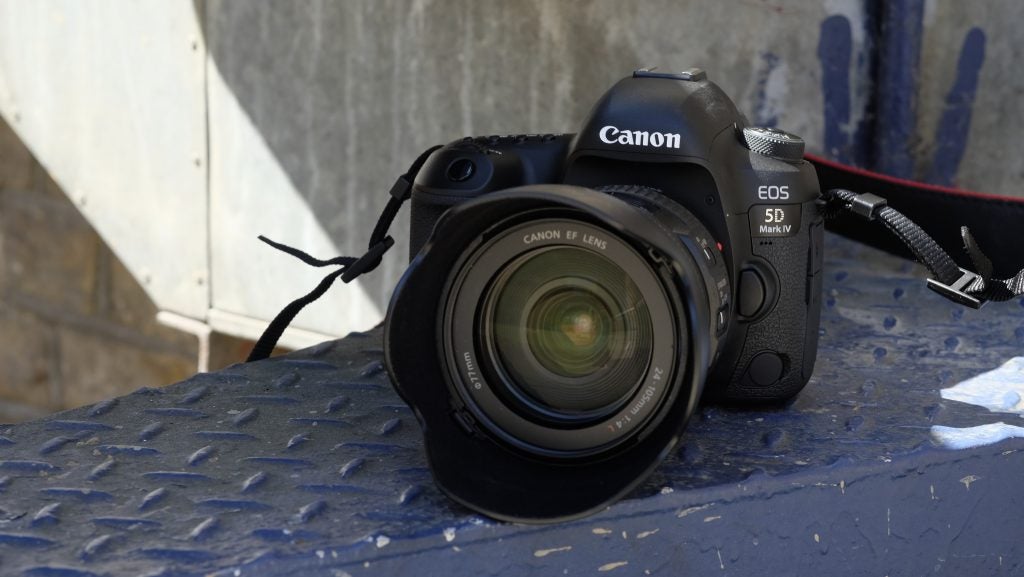
Canon EOS 5D Mark IV
A fantastic full-frame Canon DSLR
Pros
- Full-frame sensor
- Touchscreen is useful
- Solid 4K video recording
- Built-in Wi-Fi
Cons
- Heavy
- Expensive
- Frame rate isn’t particularly high
The Canon EOS 5D Mark IV is the fourth iteration of the 5D and an excellent DSLR if you’re looking for a full-frame Canon model.
The design will be familiar for 5D Mark III users, though the hump where the viewfinder lives is larger to make room for the Wi-Fi and GPS unit and the grip is deeper for added security.
The camera also replaces the Mark III’s 22.3-megapixel sensor with a 30.4-megapixel one and brings the native ISO up to 50-102,400 for improved low-light performance.
There’s an optical viewfinder with Intelligent Viewfinder II to show information like shooting modes, a level and a grid to help with composition. There’s also a 3.2-inch, 1.62m-dot touch-sensitive display but isn’t an articulating one, meaning you can’t tilt it.
The camera features two image processors: a DIGIC 6 chip for metering and a DIGIC 6+ for high-speed image processing. There’s also support for Canon’s Dual-Pixel AF technology and Dual-Pixel RAW and the AF points cover a greater area of the viewfinder than that on their predecessor and are sensitive down to -3EV.
Images captured with this camera are sharp and colours are well-saturated and relatively noise-free up to around 25,600.
There’s also support for 4K video capture, putting this camera in line with many of our best mirrorless cameras when it comes to videography. That said, those interested in a mirrorless equivalent will want to check out the Canon EOS R.
Reviewer: Amy Davies
Full review: Canon EOS 5D Mark IV
FAQs
Right now, our favourite DSLR is by Nikon. However, there are plenty of great DSLRs by camera makers like Canon, Pentax and more.
You can buy DSLRs as body-only, but many manufacturers will offer them bundled with a kit lens but a bit more.
A full-frame DSLR is any DSLR with a full-frame sensor. This means the image isn’t cropped and full-frame sensors offer additional benefits, like better low-light performance.






